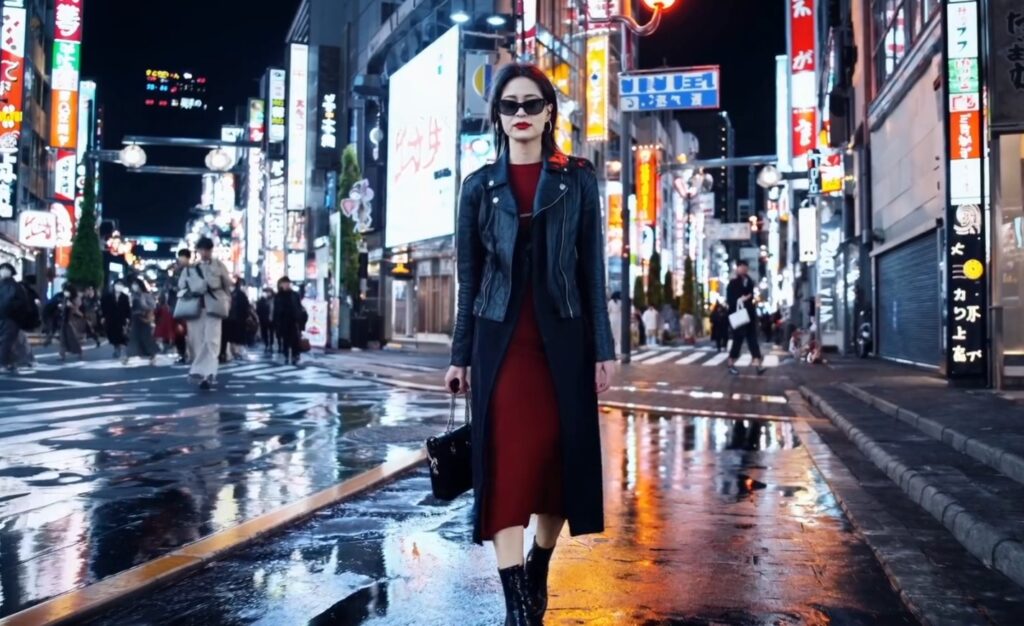
OpenAI’s Sora: Is This The Future of AI-Driven Creativity?
What is OpenAI’s Sora?
OpenAI’s Sora represents a significant leap forward in the realm of artificial intelligence. Unveiled on February 15, 2024, Sora is an advanced AI model capable of creating realistic and imaginative scenes from mere text instructions. This groundbreaking technology blurs the lines between the digital and the real, allowing for the creation of detailed visual content that was once the sole domain of human creativity.
Sora stands out for its ability to interpret text instructions and generate video content that matches the description with astonishing accuracy and creativity. Whether you’re looking to create dynamic visual narratives, conceptual art, or innovative educational materials, Sora offers an unparalleled toolset for bringing your vision to life.
When is OpenAI’s Sora Coming?
Sora was officially introduced to the public in early 2024, marking a new era in AI-driven content creation. While OpenAI has not specified the exact timeline for widespread availability, the initial announcement and technical demonstrations suggest that Sora will soon become an accessible tool for creators, educators, and businesses aiming to harness the power of AI for video production.
OpenAI’s Sora in Action: Example Videos
To truly appreciate the capabilities of Sora, one must see it in action. OpenAI has provided a series of example videos that showcase Sora’s ability to generate diverse and complex visual scenes from text. These examples highlight the model’s versatility, from crafting detailed landscapes and urban environments to animating characters and abstract concepts.
Interested individuals are encouraged to visit OpenAI’s official website and social media channels, where examples videos and more information is available. These demonstrations not only serve as a testament to Sora’s technical prowess but also as inspiration for potential applications in various fields.
The Significance of OpenAI’s Sora
The introduction of Sora marks a pivotal moment in the evolution of AI and its role in creative industries. By democratizing access to high-quality video production, Sora has the potential to revolutionize how content is created, making it more inclusive and enabling a broader range of voices to be heard. Furthermore, Sora’s technology could have far-reaching implications beyond entertainment, including education, marketing, and virtual reality, among others.
As we look towards the future, Sora exemplifies OpenAI’s commitment to pushing the boundaries of what AI can achieve and its dedication to developing tools that enhance human creativity rather than replace it. The possibilities that Sora unlocks are only limited by the imagination, setting the stage for a new chapter in the convergence of technology and art.
Conclusion
OpenAI’s Sora is more than just an AI model; it’s a glimpse into a future where technology amplifies human creativity, enabling us to create more profound, impactful, and visually stunning works than ever before. As Sora becomes more integrated into various sectors, its impact on how we conceive of and produce visual content is expected to grow, heralding a new age of AI-assisted creativity that is accessible to all.
Interested individuals are encouraged to visit OpenAI’s official website and social media channels where examples videos and more information is available. These demonstrations not only serve as a testament to Sora’s technical prowess but also as inspiration for potential applications in various fields.